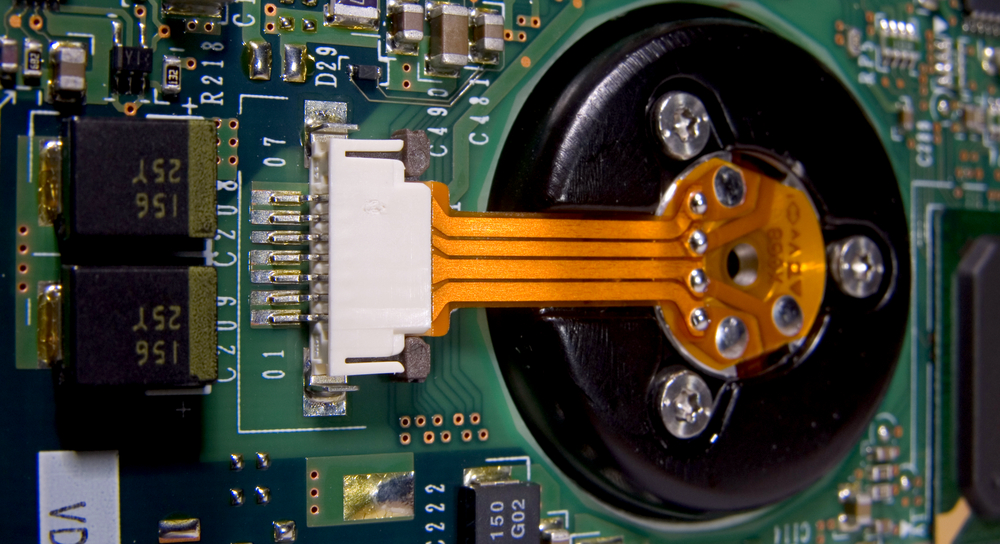In the world of electronics and PCB design, few names resonate as strongly as Altium. This powerful software has revolutionized the way engineers and designers create printed circuit boards, offering an impressive suite of tools that streamline the entire design process. Let's dive into the world of Altium and uncover why it's the go-to choice for professionals in the field.
1. Introduction to Altium: A Game-Changer in PCB Design
Altium is not just any PCB design tool; it's a comprehensive solution that integrates every aspect of PCB design into one user-friendly platform. From schematic capture to PCB layout, Altium provides everything you need to bring your electronic projects to life.
With its intuitive interface and robust features, Altium simplifies the design process, making it accessible for both beginners and experienced professionals. Whether you're working on a small project or a complex multi-layer PCB, Altium has the tools to help you succeed.
2. The Power of Schematic Capture
One of Altium's standout features is its powerful schematic capture tool. This allows designers to create detailed and accurate schematics, which are the blueprint for any PCB design. The schematic capture tool is highly intuitive, offering a wide range of components and symbols to work with.
Moreover, Altium's schematic capture tool seamlessly integrates with its PCB layout tool, ensuring that your design transitions smoothly from concept to reality. This integration reduces the risk of errors and saves valuable time in the design process.
3. PCB Layout Made Easy
Designing a PCB layout can be a daunting task, but Altium makes it remarkably easy. With its advanced routing tools and real-time DRC (Design Rule Checking), Altium ensures that your PCB layout is both efficient and error-free.
The software's 3D visualization capabilities allow you to see your design in a three-dimensional space, helping you to identify potential issues before they become problems. This feature is particularly useful for complex designs where component placement and routing can be challenging.
4. Harnessing the Power of Simulation
Simulation is a critical aspect of PCB design, allowing engineers to test their designs before committing to production. Altium offers powerful simulation tools that enable you to simulate various aspects of your design, from signal integrity to thermal analysis.
These simulation tools help you identify potential issues and optimize your design for performance and reliability. By catching problems early in the design process, you can avoid costly mistakes and ensure that your final product meets the highest standards of quality.
5. Collaboration and Version Control
In today's fast-paced world, collaboration is key to successful PCB design projects. Altium understands this and offers robust collaboration and version control features. With Altium, multiple team members can work on the same project simultaneously, making it easy to collaborate and share ideas.
Version control ensures that all changes are tracked, and you can easily revert to previous versions if needed. This feature is particularly useful in large projects where multiple iterations are common.
6. Streamlining the Design Process with Altium Designer
Altium Designer is the flagship product of Altium, offering a comprehensive suite of tools for PCB design. From schematic capture and PCB layout to simulation and manufacturing output, Altium Designer has it all.
The software's user-friendly interface and powerful features make it a favorite among professionals. With Altium Designer, you can streamline your design process, improve productivity, and bring your projects to market faster.
7. The Role of Altium in Education
Altium is not only a powerful tool for professionals but also an invaluable resource for students and educators. Many universities and technical schools use Altium in their curriculum, providing students with hands-on experience in PCB design.
By learning Altium, students gain practical skills that are highly sought after in the industry. This experience gives them a competitive edge in the job market and prepares them for successful careers in electronics and PCB design.
8. Altium’s Community and Support
One of the strengths of Altium is its vibrant community and excellent support resources. The Altium community is made up of designers and engineers from around the world, sharing knowledge and tips on how to get the most out of the software.
Altium also offers comprehensive support resources, including tutorials, documentation, and a responsive customer support team. Whether you're a beginner or an experienced user, you can always find the help you need to overcome any challenges you encounter.
9. Looking Ahead: The Future of PCB Design with Altium
As technology continues to evolve, so does Altium. The company is constantly innovating and adding new features to its software, ensuring that it remains at the forefront of PCB design.
Looking ahead, we can expect even more advanced tools and capabilities from Altium, further simplifying the design process and enabling engineers to create even more sophisticated and reliable products. With Altium, the future of PCB design looks brighter than ever.
Conclusion: Why Choose Altium?
In conclusion, Altium is a powerful and versatile tool that offers everything you need for successful PCB design. Its intuitive interface, robust features, and strong community support make it the go-to choice for professionals and students alike.
Whether you're a seasoned designer or just starting, Altium has the tools and resources to help you succeed. So why wait? Dive into the world of Altium and see for yourself why it's the ultimate tool for PCB design.
